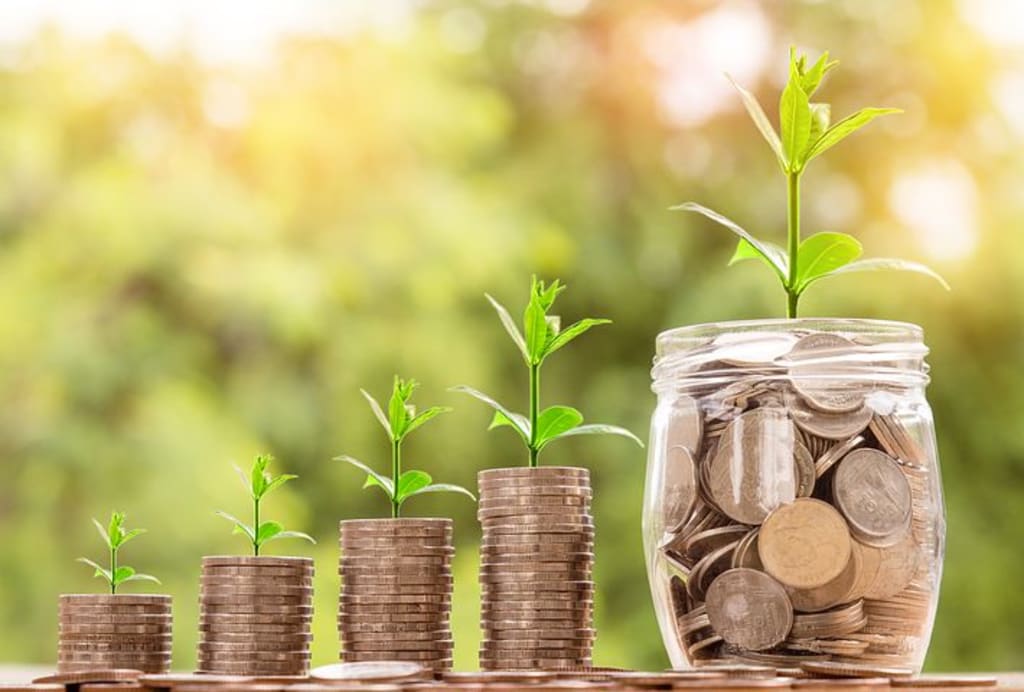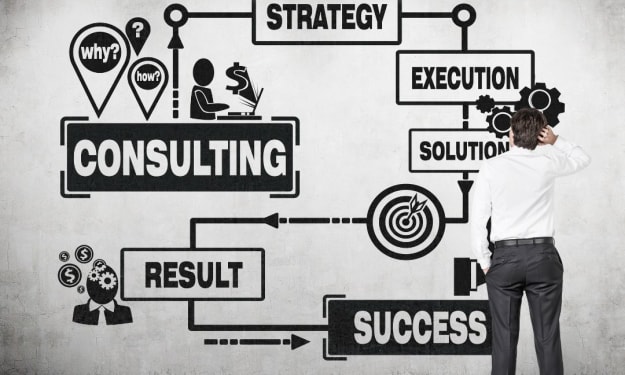
Money is something that we all use every day, but have you ever stopped to think about what it actually is and how it works? In this article, we'll take a closer look at money, including its history, its different forms, and how it affects our economy and our lives.
What is Money?
At its most basic level, money is simply a medium of exchange. It allows us to trade goods and services without having to barter or trade one item for another. Instead, we can use money to buy what we need, and sellers can accept money in exchange for their goods and services.
But what gives money its value? In the past, many different things have been used as money, including shells, beads, and even livestock. These items were valuable because they were rare or difficult to obtain, but they weren't always practical for everyday use.
Today, most money is issued by governments and takes the form of coins and paper currency. The value of this money is based on the trust and confidence that people have in the government and the economy. This is known as fiat money, which means that its value is not backed by a physical commodity like gold or silver.
Money also serves other functions beyond just being a medium of exchange. It can be used as a store of value, which means that it allows us to save our earnings and use them later. Money can also be used as a unit of account, which means that it provides a standard measure of value for goods and services.
The History of Money
Money has been used for thousands of years, and its history is closely tied to the development of human civilization. In ancient times, people used a variety of items as money, including shells, beads, and even salt.
The first coins were introduced around 600 BCE by the Lydians, an ancient civilization in what is now Turkey. These coins were made of electrum, a mixture of gold and silver, and were stamped with images to indicate their value.
Over time, paper money began to emerge, first in China during the Tang Dynasty (618-907 CE) and later in Europe during the 17th century. Paper money was easier to carry and use than coins, and it allowed for larger transactions.
Today, most money is digital, meaning that it exists only as electronic records in banks and other financial institutions. This digital money is easy to transfer and can be used for online purchases and other transactions.
The Forms of Money
Money comes in many different forms, from coins and paper currency to digital payments and even cryptocurrencies like Bitcoin. Here are some of the most common forms of money:
Coins: These are small, metal discs that are used as currency. They are typically made of copper, nickel, or silver and have a specific value stamped on them.
Paper currency: This is the most common form of money today. It consists of paper bills that are issued by governments and have a specific value printed on them.
Digital payments: These are electronic transfers of money, such as bank transfers or payments made through apps like PayPal or Venmo.
Credit cards: These allow you to borrow money from a bank or credit card company and pay it back over time.
Cryptocurrencies: These are digital currencies that use encryption techniques to secure and verify transactions. They are decentralized and not controlled by any government or financial institution.
How Money Affects the Economy
Money plays a vital role in our economy, and its fluctuations can have a significant impact on our lives. Here are some of the ways that money affects the economy:
Inflation: When the supply of money increases faster than the supply of goods and services, prices tend to rise, leading to inflation.
Interest rates: These are the rates at which banks and other financial institutions lend money. Higher interest rates can encourage saving and discourage borrowing, while lower interest rates can encourage borrowing and spending.
Economic growth: When there is more money circulating in the economy, it can lead to increased economic activity and growth.
Unemployment: When the economy is growing, there is usually less unemployment, as businesses are hiring more workers. However, if the economy is contracting, unemployment may rise.
Conclusion
Money is a fundamental part of our lives, and it plays a crucial role in our economy. From its humble beginnings as shells and beads to its current digital form, money has evolved over time to meet our changing needs. By understanding what money is and how it works, we can make better decisions about how to save, spend, and invest our hard-earned dollars.
About the Creator
Enjoyed the story? Support the Creator.
Subscribe for free to receive all their stories in your feed. You could also pledge your support or give them a one-off tip, letting them know you appreciate their work.





Comments
There are no comments for this story
Be the first to respond and start the conversation.